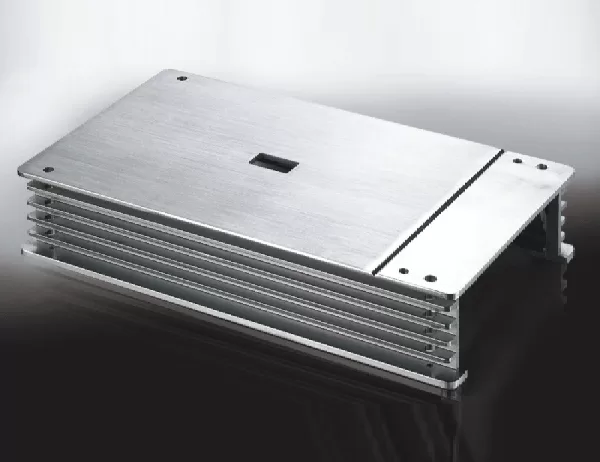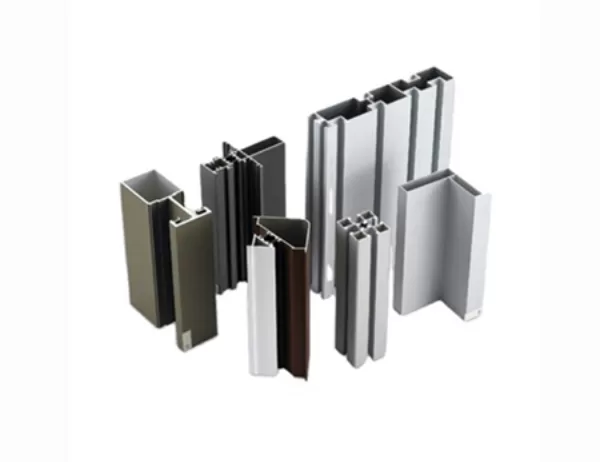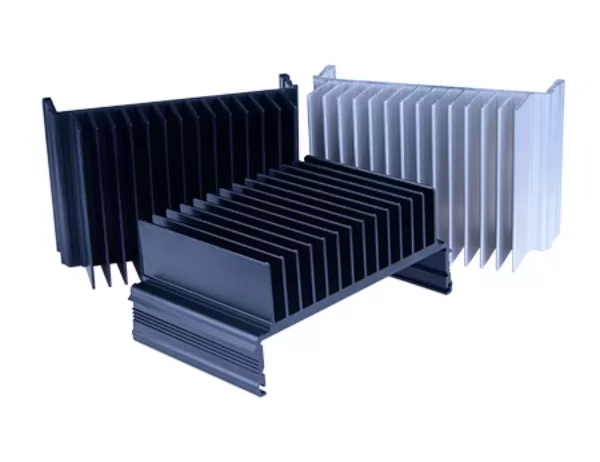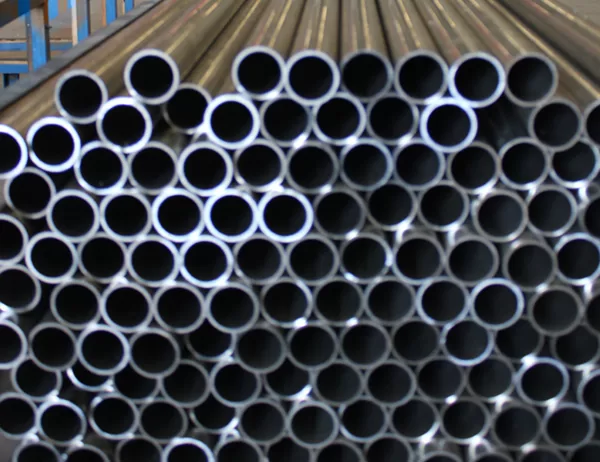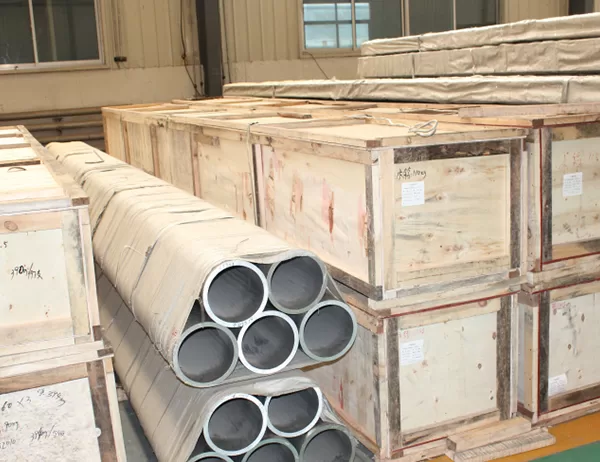Best Practices for Fabricating and Using Solar Aluminum Profiles: Paving the Way for a Sustainable Future
In an era marked by an urgent need to address climate change, solar energy has emerged as a pivotal force in the transition towards a greener future. Among the essential components of solar systems, aluminum profiles play a crucial role, providing both structural support and electrical conductivity. To maximize the efficiency and durability of these profiles, meticulous attention must be paid to fabrication and utilization.
Fabrication Techniques
Fabrication of solar aluminum profiles requires precision and adherence to industry standards. The selection of high-quality raw materials, such as 6000-series aluminum alloys, ensures optimal strength, corrosion resistance, and electrical conductivity. Specialized extrusion techniques create profiles with specific shapes and dimensions to accommodate the required electrical connections and mounting systems. Anodizing or powder coating enhances surface protection and resistance to environmental factors, prolonging the profile’s lifespan.
Installation Considerations
Proper installation is paramount to ensure the longevity and performance of solar aluminum profiles. Careful site planning and foundation design are essential to withstand wind and snow loads. Profiles should be mounted at precise angles to maximize sunlight exposure. Electrical connections must be secure and weather-resistant to prevent power loss or system failures. Regular inspection and maintenance are crucial to identify any potential issues and ensure continuous operation.
Quality Assurance and Safety
Rigorous quality control measures are vital to guarantee the reliability and durability of solar aluminum profiles. Testing and certification by independent laboratories ensure compliance with industry standards. Safety considerations must also be prioritized, with appropriate measures implemented to prevent electrical hazards and protect installers and end-users.
Advanced Technologies
Innovations in fabrication techniques and materials promise to enhance the performance of solar aluminum profiles. 3D printing technology enables the production of complex geometries with reduced waste. Advanced alloys offer improved strength-to-weight ratios, enabling longer spans and reducing installation costs. Research and development continue to push the boundaries of solar aluminum profile technology, unlocking new possibilities for sustainable energy solutions.
Mastering the best practices for fabricating and using solar aluminum profiles is essential for harnessing the full potential of solar energy. By adhering to industry standards, embracing innovation, and prioritizing safety, solar professionals can ensure the longevity, efficiency, and effectiveness of these critical components. As the world strives for a sustainable future, solar aluminum profiles will continue to play a pivotal role in empowering the transition to clean energy.
